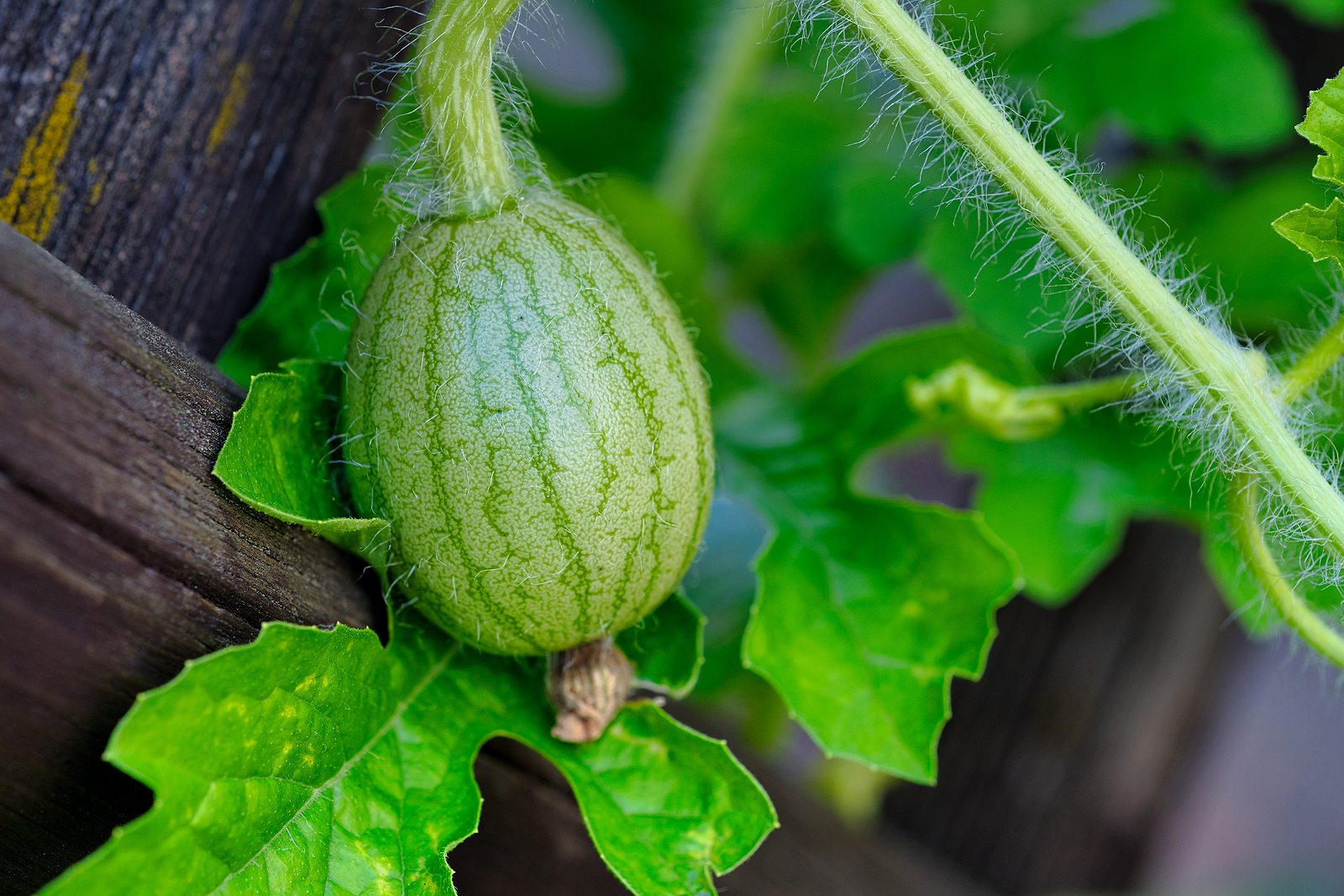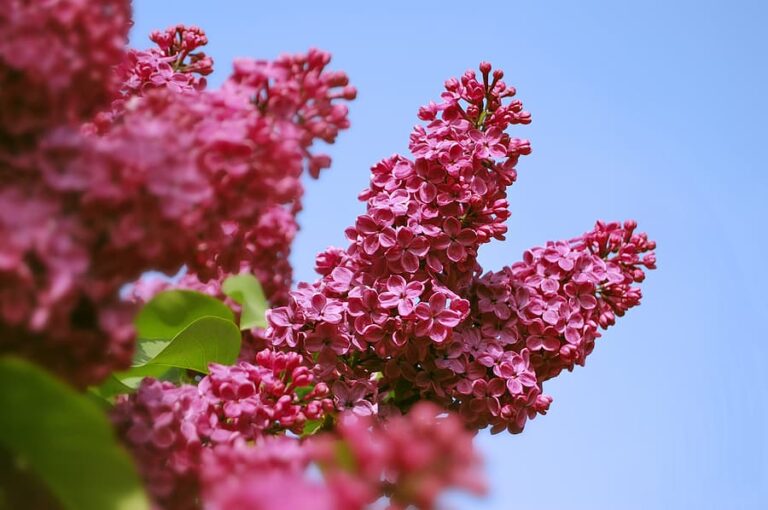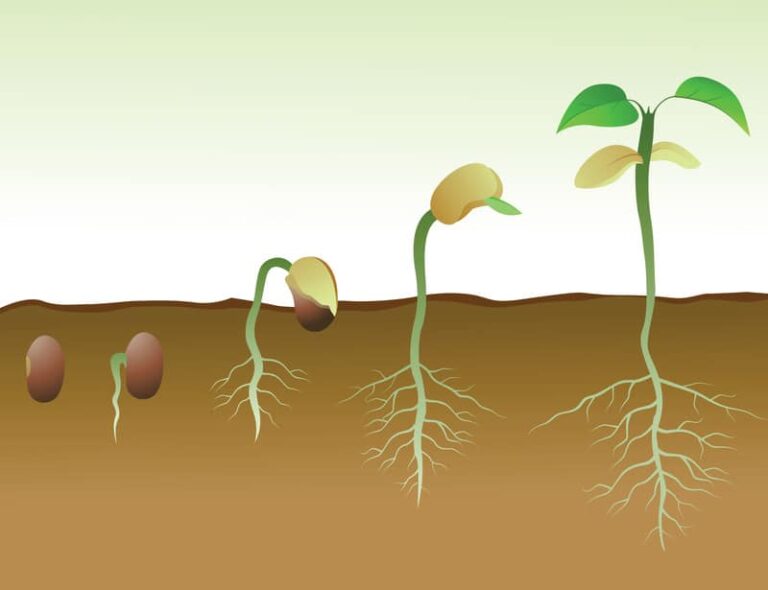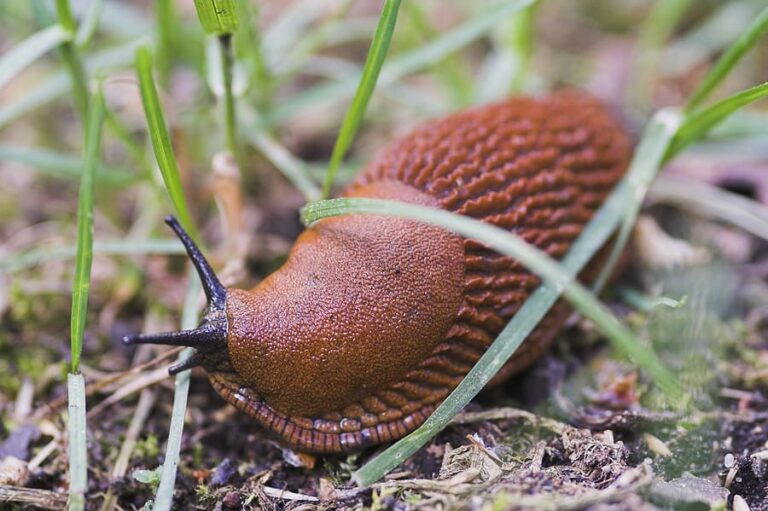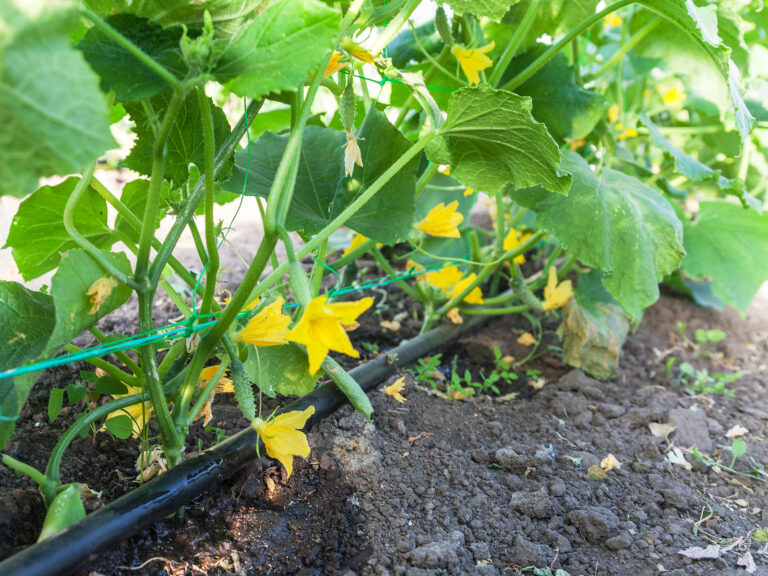Watermelon Pollination Tips: Helping Watermelons Set Fruit
Watermelon vines produce separate male and female blossoms, and successful fruit set depends on effective pollination. This is especially true for seedless (“triploid”) varieties, which require nearby seeded plants to provide pollen. Here’s how to ensure both standard and seedless watermelons set abundant, high-quality fruits.
With over three decades of hands-on experience growing watermelons in my Sonoma Valley garden—and after testing every pollination trick from bee-attracting flower guilds to precise hand-pollination—I’ve honed strategies that reliably set both seeded and seedless melons. Backed by research in cucurbit biology and organic growing trials, these tips will help you maximize fruit set, sweetness, and yield in any home garden.
Understanding Watermelon Flowers
- Male vs. female blooms:
- Male flowers appear first. They offer pollen and attract bees.
- Female flowers follow; you’ll recognize them by the small bulge (the young fruit) just behind the petals.
- Timing matters: Male blooms often open 1–2 weeks before female blooms. Without bees moving pollen from the male blooms to the females, no fruit will form.
Encouraging Bee Pollinators
- Plant bee-attracting flowers nearby.
- Herbs such as dill, borage, and lavender bloom over an extended period and draw bees into the garden.
- Companion flowers like marigolds or alyssum boost overall pollinator visits.
- Avoid spraying insecticides once flowers appear. If you must treat for pests, choose organic, bee-safe products and apply them late in the evening after pollinators have gone to rest.
- Provide water and shelter. A shallow dish with pebbles and water near your patch gives bees a safe drinking spot.
Hand-Pollination Technique
Hand-pollination can be a helpful backup when bee activity is low, or when you’re growing seedless watermelons that need reliable pollen transfer:
- Identify a fresh male flower. Choose one that’s fully open in the morning.
- Collect pollen: Remove the petals or gently insert an artist’s bristle brush into the male flower center and rotate to gather pollen.
- Transfer to the female: Locate a female bloom (look for the tiny fruit behind the petals). Brush the collected pollen onto the central stigma.
- Mark the blossom: Tie a small flag or twist of tape on the vine to note the date—you can expect harvest about 35 days after pollination.
Special Considerations for Seedless Watermelons
Seedless watermelons (triploids) do not produce viable pollen. They must be grown alongside a seeded (“diploid”) variety to serve as the pollen source:
- Planting ratio: For every 2–3 seedless plants, include at least one seeded watermelon plant within 10–15 feet.
- Synchronize bloom times: Sow or transplant the seeded variety 1–2 weeks earlier so that male flowers are abundant when the seedless female flowers open.
- Buy combined seed packs: Many seed companies offer seedless watermelon kits that include pollinator seeds—follow their spacing recommendations on the packet.
Additional Tips for Reliable Fruit Set
- Thin fruits: After pollination, leave no more than 2 melons per vine. Too many fruits will stretch the plant’s resources and reduce size and sweetness.
- Maintain even moisture: Fluctuating soil moisture can cause blossom drop. Water consistently (about 1–2 inches per week) and mulch to conserve moisture.
- Monitor weather: Extreme heat (above 95°F/35°C) can inhibit bee activity and cause flowers to drop. Provide light shade during afternoon peaks if needed.
By combining habitat for pollinators, careful timing, and—when necessary—hand-pollination, you can ensure both seeded and seedless watermelons set fruit reliably. With these practices, your summer harvest will be full of perfectly formed, delicious melons. Enjoy!
Watermelons Overview Post:
How to Grow Watermelons from Seed to Harvest: Ultimate Guide for Sweet, Juicy Success
Melons Overview: The Ultimate Guide to Growing Melons: From Planting to Harvest
Related Posts:
Starting Watermelons Right
- When and How to Start Watermelons: A Seed-Starting Guide
- Watermelon Temperature Needs: Warmth, Frost, and Growth Milestones
- Soil Prep and Mulching Tips for Healthy Watermelons
Planting & Space Planning
- How Much Space Do Watermelons Need?
- Growing Watermelons in Containers: Tips for Small Gardens
- Growing Watermelons Vertically: Tips for Small Gardens
- Companion Planting for Watermelons: What Works and What Doesn’t
Watermelon Care Through the Season
- Caring for Watermelon Plants Through the Season
- Watering Watermelons: How Much and How Often
- How to Feed Watermelons: Fertilizer Schedules and Organic Options
- Watermelon Pollination Tips: Helping Watermelons Set Fruit
Dealing with Pests and Diseases
Knowing When to Harvest
Choosing the Right Varieties
- Watermelon Varieties by Size: From Personal Melons to Giants
- Top Watermelon Varieties for Short Growing Seasons
- Best Long Vine Watermelons for Large Gardens
- Best Watermelon Varieties for Small Spaces (Bush & Short Vines)
- How to Grow Seedless Watermelons Successfully
Enjoying the Harvest

